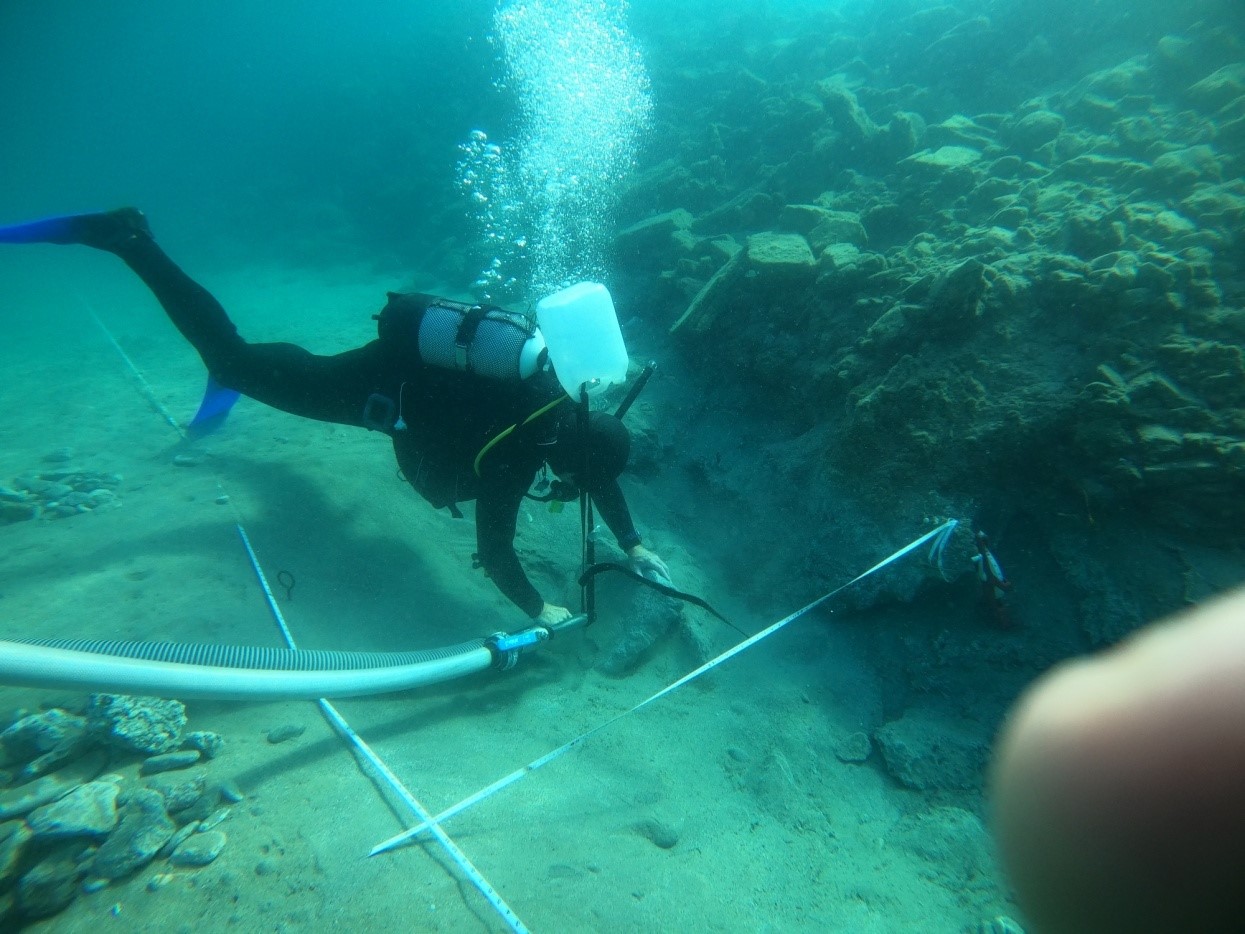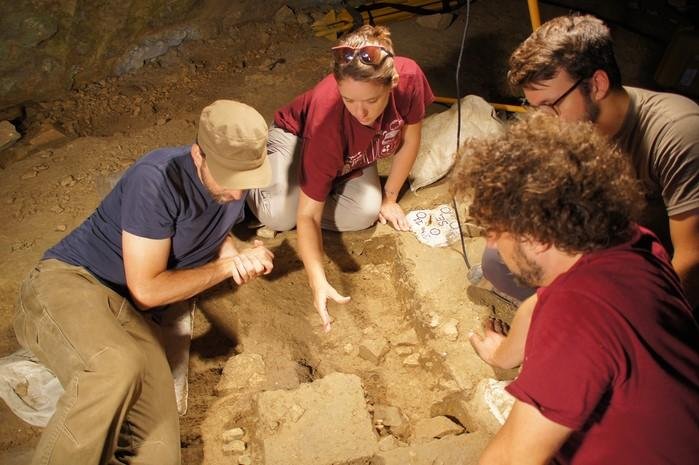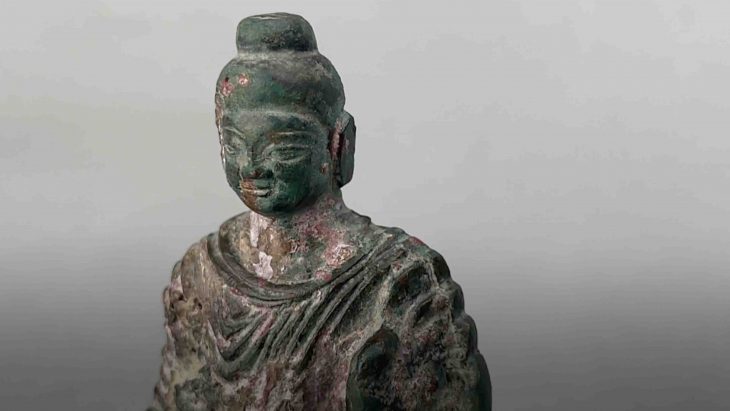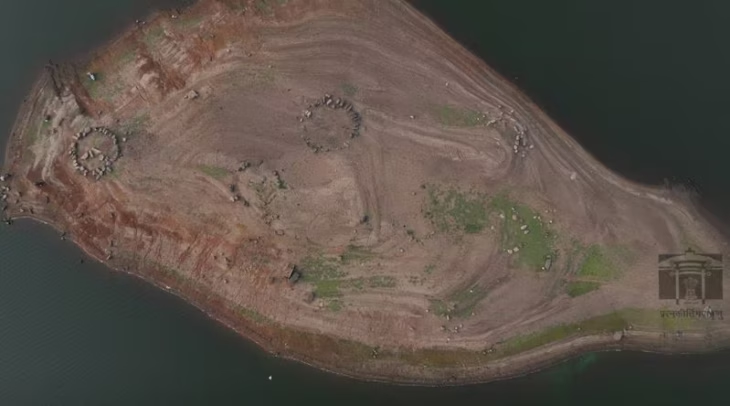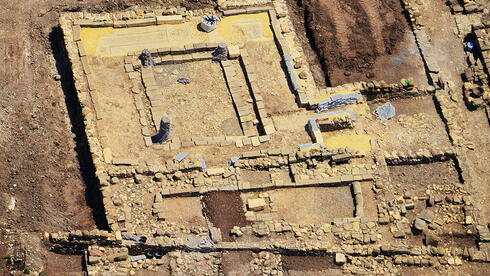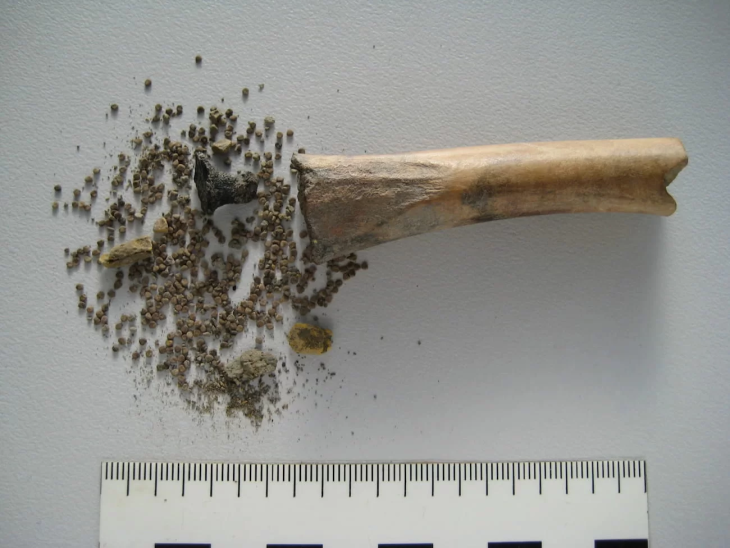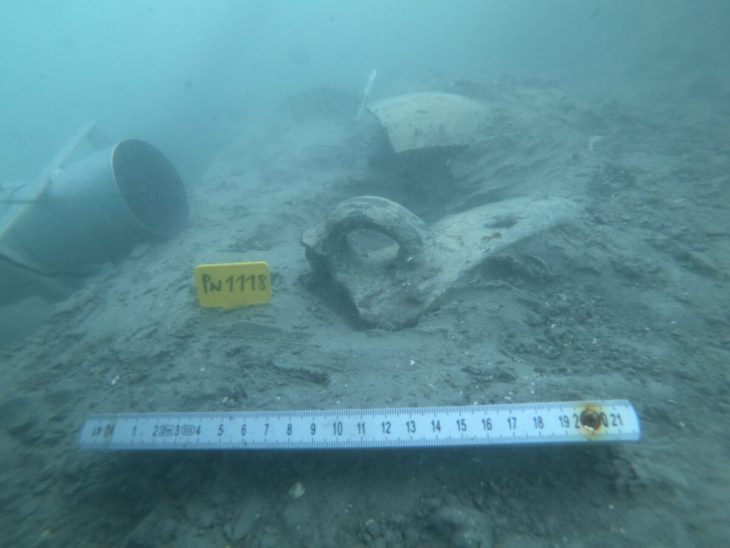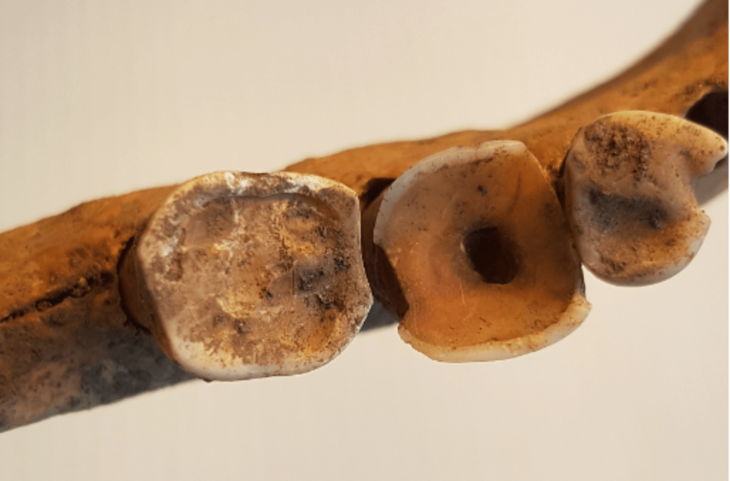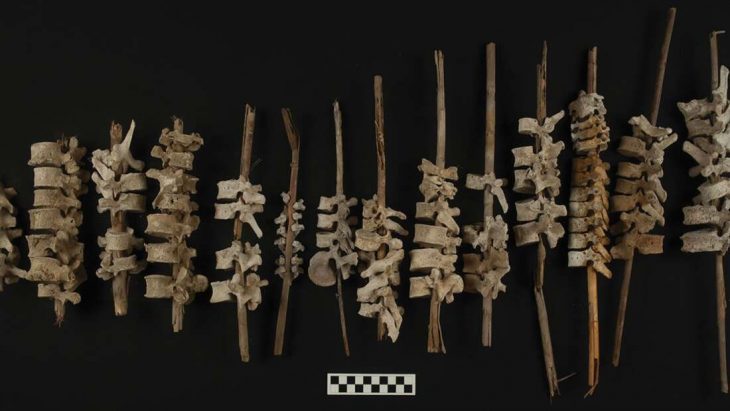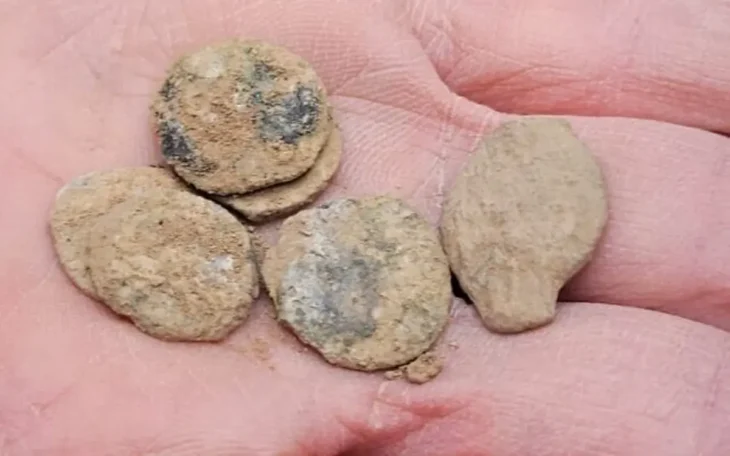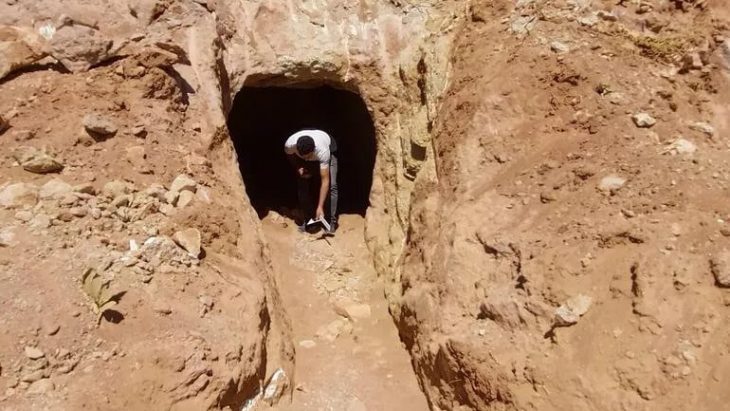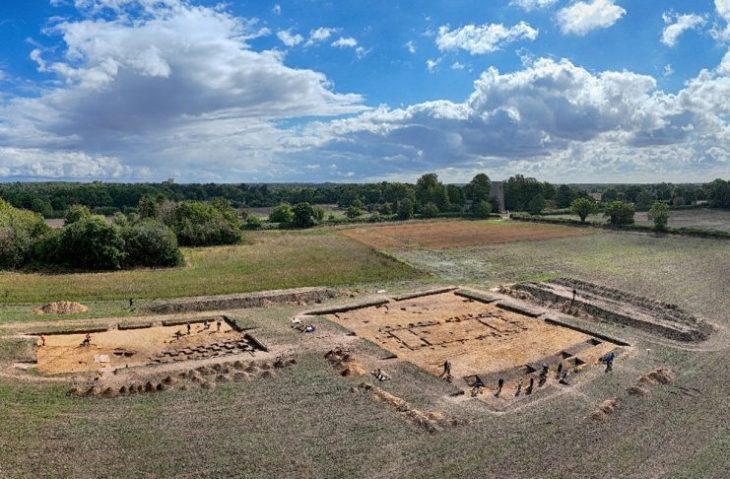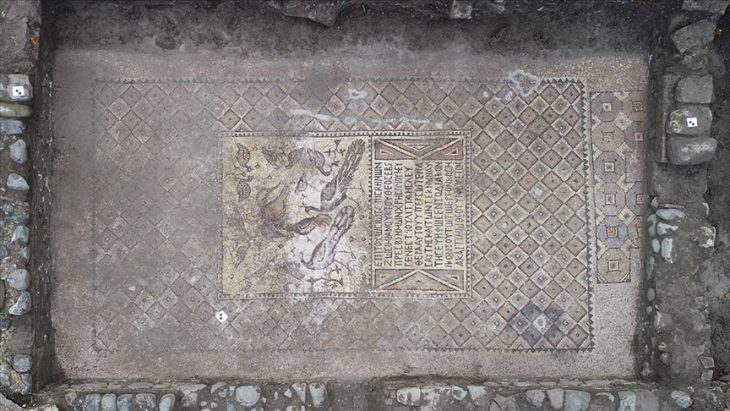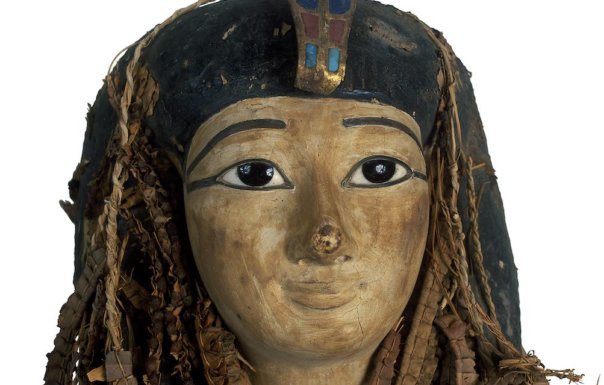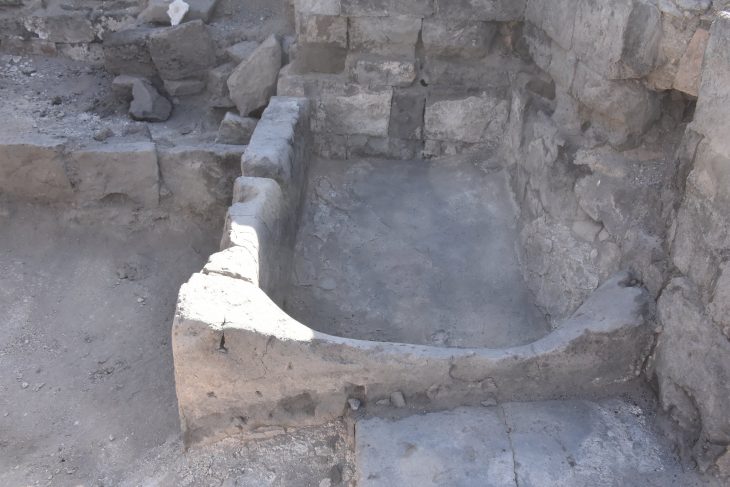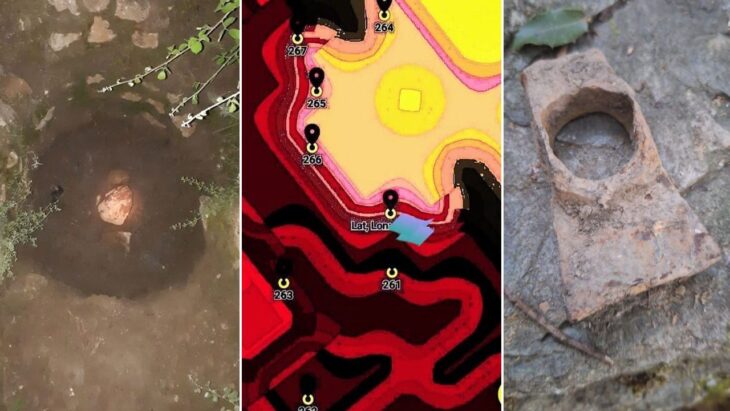An international team of underwater archaeologists has made a groundbreaking discovery at the submerged site of Asini, near Tolo in Argolis, Greece, unearthing significant remnants of an ancient port infrastructure that promises to reshape our understanding of Mediterranean maritime history.
This research is part of a broader underwater archaeological initiative that began in 2022, a collaborative effort involving the Ephorate of Underwater Antiquities of Greece, the Swedish Institute at Athens, Stockholm University, the University of Gothenburg, and the Nordic Maritime Group. Under the leadership of Greek archaeologist Dr. Panagiota Galiatsatou, alongside Swedish experts Prof. Ann-Louise Schallin and Dr. Niklas Eriksson, the team meticulously examined a key area of the submerged harbor.
The 2024 fieldwork concentrated on the northwestern edge of a submerged artificial platform, an area previously identified as retaining much of its original form. Utilizing high-resolution photogrammetry, the archaeologists documented a 16-square-meter section in detail, uncovering significant architectural remains indicative of the ancient port’s infrastructure. The findings included numerous stones and fragments of construction materials, suggesting a gradual collapse of the structure over time.
Among the most intriguing discoveries were ceramic fragments, including ostraca from amphorae embedded within the stone structures and a broken vessel located in an area designated as “Sector 4A.” These artifacts are expected to provide critical insights into the dating of the submerged port, potentially linking them to the period when the platform was operational or to the time following its abandonment.
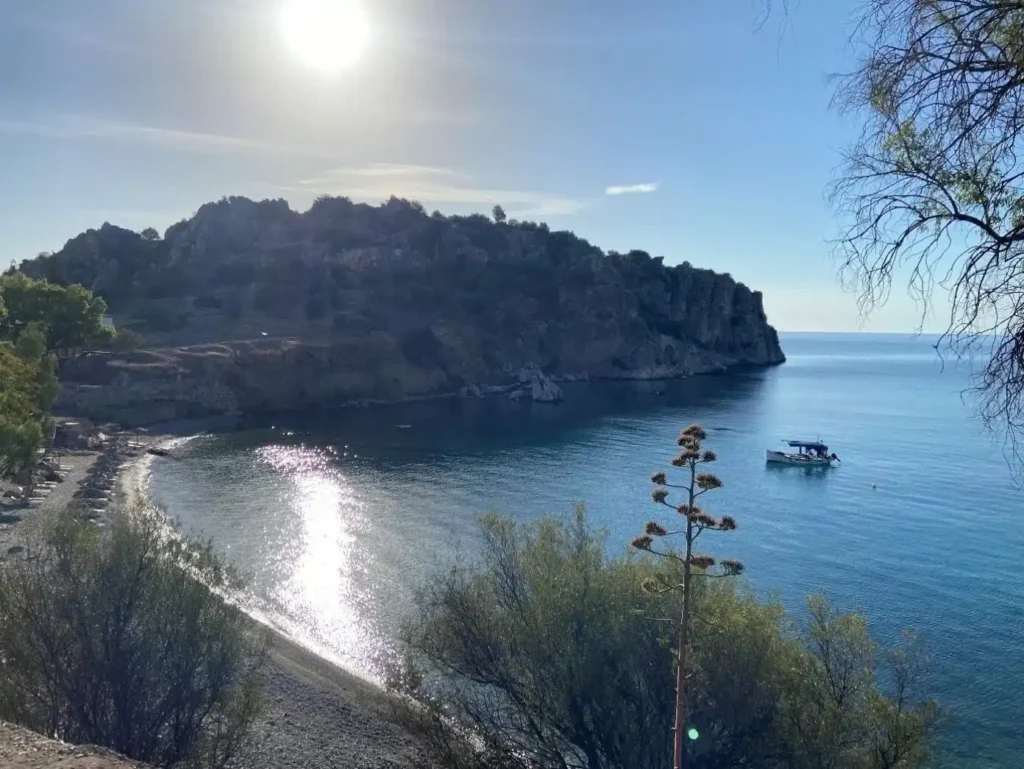
Asini boasts a continuous occupation history dating back to prehistoric times, complicating efforts to pinpoint the exact construction date of the artificial port. However, the new findings bolster the hypothesis that this infrastructure was vital for maritime trade throughout various historical epochs. Previous excavations in 2021 and 2022 had already indicated the extensive size of the port, revealing that the main structure consists of a large artificial platform in shallow waters, with indications of rooms or buildings that suggest a multifunctional use beyond mere trade.
Looking ahead, the archaeological team plans to conduct further excavations on the upper section of the artificial platform. This next phase will involve careful sediment removal, both by hand and through controlled dredging, to uncover additional structural elements. All findings will be documented in situ using advanced 3D imaging techniques, allowing for high-precision models that facilitate further analysis without disturbing the original context of the artifacts.
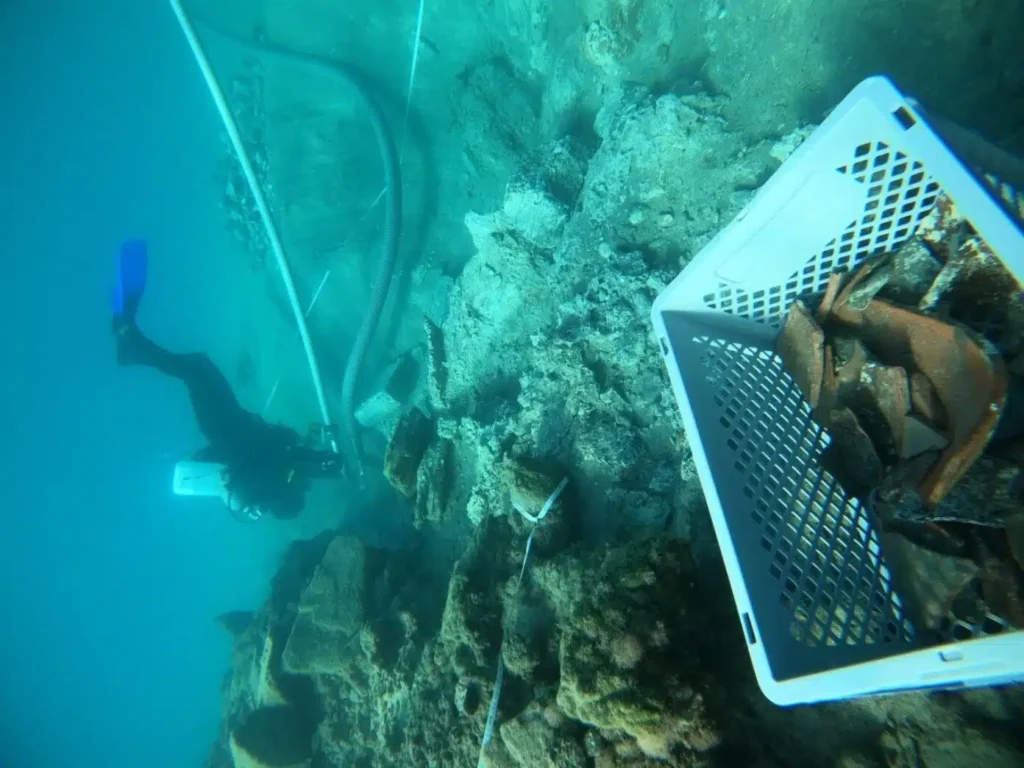
The results from the 2024 excavation campaign are set to be published in the scientific journal Opuscula, edited by the Swedish Institutes of Athens and Rome, along with other specialized publications focused on archaeology and maritime studies. The discoveries at Asini are poised to provide essential clues about ancient maritime trade and the construction of port facilities, enhancing our understanding of how ancient civilizations interacted with their maritime environments.
As the research continues, the site of Asini may yield further revelations about the complexities of ancient trade networks and the architectural ingenuity of past societies, underscoring the enduring significance of this submerged port in the Mediterranean’s rich historical tapestry.
Cover Image Credit: Fieldwork on the seabed at the submerged port in the ancient Greek city of Asini. Credit: Ministry of Culture of Greece

